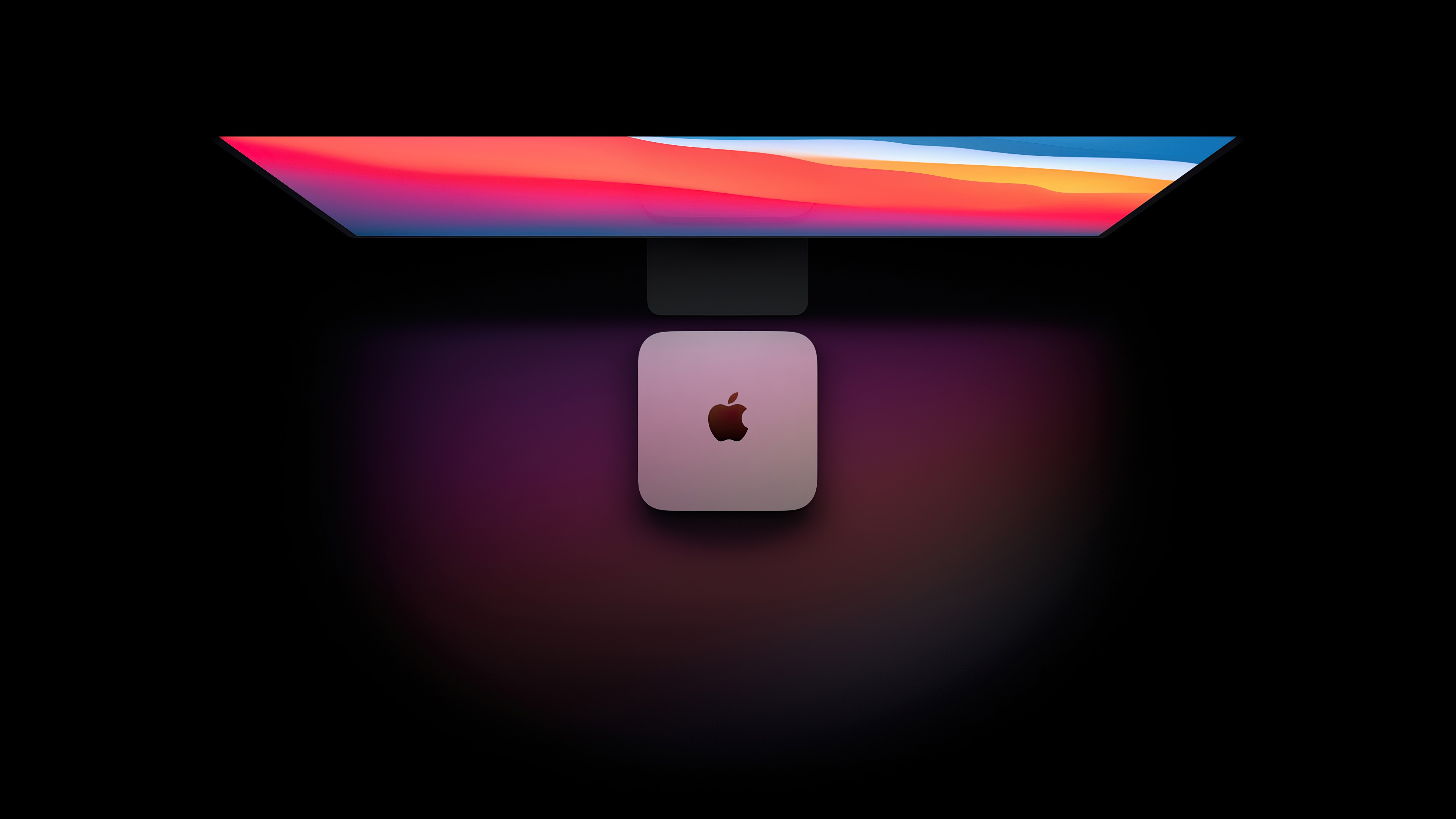
The -agree-to-license flag will skip the interactive install and agree to Apple’s license. To use it, we have to go into the pre-installed terminal in the Utilities folder and run the following command: /usr/sbin/softwareupdate -install-rosetta -agree-to-license

Keep in mind that Rosetta is not installed by default. But until then, most of the tools should be transitioned to Apple Silicon as well. Apple has rolled out a solution that makes the transition seamless , an emulator called Rosetta 2 that allows us to run apps that use x86 instructions, the instruction set used by Intel chips, on ARM.Īpple is planning to remove Rosetta 2 when the transition to Apple Silicon is completed. Let’s get started! Rosetta 2įirst off, we need the software designed to run on Intel to speak the same language as our newly minted processor. In this article, I’ll show you how to set up these developer tools on your M1 Mac. Everything you need to follow the tutorial is pre-installed on your Mac, so we’ll spend most of our time in the terminal installing the tools on the list. Most of the apps in the app store have transitioned to Apple Silicon, even developer tools. But, at the time of writing, the only Mac product yet to transition to Apple Silicon is Mac Pro, the desktop Mac, which may be introduced with Apple Silicon in late 2022. Apple once claimed that it would replace the Intel-based chips in the coming years. It has been a couple of years since Apple transitioned to its own silicon. Still, the decision was not so straightforward considering the M1 is based on ARM architecture.

I was faced with the tough choice of buying a new computer just around the time Apple released the M1 line.Įvery review of the new chip painted an incredible picture, and they all shared a common denominator the chip is crazy fast. With over 1,200 charge cycles, my six-year-old, 13-inch MacBook Pro grew more unreliable by the day. This web development environment includes the following: I’ve put together a tutorial that will help you get your web development tools up and running in just 20 minutes. Unfortunately, it took a long time to set up my MacBook for the ideal web development environment because I had a hard time finding resources that outlined all the information I was looking for. Overall, this machine is on a whole new level compared to the Intel chip models. Not only is this machine fast, I have multiple installations running in parallel, and the temperature barely peaked at 104 degrees Fahrenheit.

Since I first got my M1 MacBook Air a few days ago, I’ve been pushing its limits. How to set up an M1 MacBook for web developmentĮditor’s note: This article was last updated on 29 March 2022 to reflect updates to Homebrew, Docker Desktop, and VS Code. Committed to consistently adding value and making a difference. Left-brain by nature and right-brain by cultivation. Standing at the intersection of tech, design, and management. In the future, the main build for all users will be Universal.Cristobal Schlaubitz Follow Human. If you're using an Intel Mac, continue to use the main Alfred update.

Please note that, at this time, this build only benefits Macs with the M1 chip. You'll find a Universal build ready for download here: Looking forward, this opens a new chapter for exciting things we have lined up for Alfred's future! We have great plans to take advantage of new macOS features, and the M1 architecture. That was it, no other changes were needed, and we were immediately able to take full advantage of the new architecture. To our pleasant surprise, it was as straightforward as loading up Alfred's code into Xcode 12 Beta, selecting the Universal architecture, and compiling. You'll be excited to hear that we've been running a Universal build of Alfred on the Apple DTK using macOS Big Sur for some time now, and we're thrilled to say that the performance of Alfred running natively on the Apple M1 chip is remarkable.Īlfred has an exceedingly clean code base, so we were hoping for it to be reasonably easy to create our first Universal build.


 0 kommentar(er)
0 kommentar(er)
